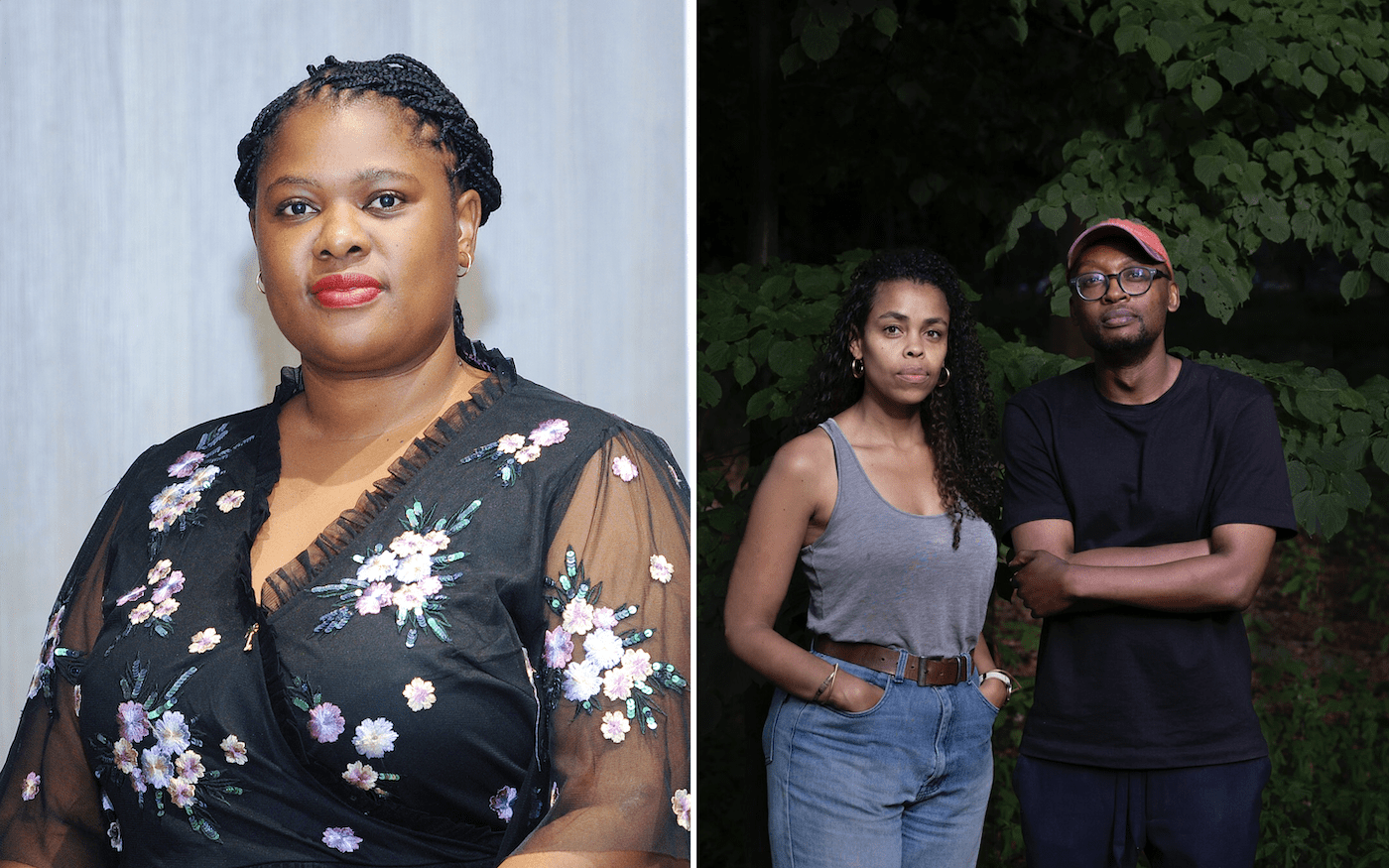Immaterial Explorations within Concrete Walls
21 November 2018
Magazine C& Magazine
5 min read
Contemporary And: You’re occupying an architectural space for an exhibition that has as its subject immateriality, spirituality, and intimacy. What led you to play this game of oxymorons at Bétonsalon, an appropriate enough venue for such an undertaking? Gaëlle Choisne: The balance of the world can be found in the paradoxes and contradictions within it. …
Contemporary And: You’re occupying an architectural space for an exhibition that has as its subject immateriality, spirituality, and intimacy. What led you to play this game of oxymorons at Bétonsalon, an appropriate enough venue for such an undertaking?
Gaëlle Choisne: The balance of the world can be found in the paradoxes and contradictions within it. This dialectic is both inevitable and essential.
<figcaption> Gaëlle Choisne, Altar (detail), 2018. Plaster, pigments, glass, iron, ceramics, epoxy resin, ephemeral tattoos. Produced by Bétonsalon – Center for Art and Research, Paris. Image credit © Aurélien Mole.
C&: How did you conceive of the exhibition space? Is your production a continuation of your Cric Crac videos and the 2015 exhibition of the same name at the Centre d’art contemporain La Halle des bouchers?
GC: This extended period of assembly at the Bétonsalon is definitely a continuation of a process of formal and theoretical research. I see the exhibition space as the extension of my studio. Cric Crac has a very specific subject, but the methods used in assembling it are similar to those applied in my installations. It is true that the exhibition at La Halle des bouchers can perhaps be considered as a kind of first draft, with a secret rum bar serving as a place for sharing and discussion.
C&: In your photo book Wood my love (2013), you travel between Miami and Port-au-Prince. Were the images you captured also a point of departure for this rumination on the subject of love?
GC: Woodmylove is the name of a little girl who took part in a camp I organized in Haiti in 2014. This was the origin of what was to follow.
<figcaption> Gaëlle Choisne, Smoking break, 2018. Ceramics, Spanish rum, Russian cigarettes. 35 x 24 x 11cm. Produced by Bétonsalon – Center for Art and Research, Paris. Image credit © Aurélien Mole.
C&: The exhibition is punctuated by four “LUV” events during which artists and researchers are invited to take part and some workshops are offered to the general public. Can you define this neologism? How did you design these sessions? Can they be compared to the stages of a personal spiritual journey?
GC: “LUV” in English slang refers to the onset of love and is less theatrical and weighted than LOVE. The idea for my “LUVs” comes out of a simple desire to welcome and give a voice to certain people who don’t have enough. I worked in close cooperation with Lucas Morin, and together we got to thinking about these moments of punctuation that, to a great extent, are already in place at Bétonsalon.
<figcaption> Gaëlle Choisne, Do not exile me from your heart, 2018. White bronze. 10 x 12 x 3cm. Produced by Bétonsalon – Center for Art and Research, Paris. Image credit © Aurélien Mole.
C&: From the Babylonian goddess Ishtar to the Erzulie Dantor spirit from Haitian voodoo—how did you start a dialogue with these two divinities and why did you choose them in particular?
</strong>
GC: They have very different origins, but they are both goddesses not only of love and sexuality but also of war. Ishtar overturns the established social order by questioning gender and sexuality; she also gives protection to prostitutes and stands up for the weakest in society. She is male in the morning and female in the evening. Erzulie embodies the figure of the Black Madonna, defending women and children. At once a warrior and protector of single women, she also signifies the woman in love.
C&: Is “Temple of Love” a (re)construction and reappropriation of the codes of desire and love/chaos?
GC: Yes, in a certain sense, it is a reappropriation of the codes of desire and a questioning of gender. Love/chaos in the positive sense, because chaos creates the round, allowing a return to the origin, to what needs to be restructured. All too often capitalism and love, subconsciously or otherwise, are hooked up with one another and serve as methods of manipulation of wealth and property.
Gaëlle Choisne's exhibition Temple of Love continues at Bétonsalon in Paris, France until 15 December 2018.
Gaëlle Choisne (1985, France) graduated from the National School of Fine Arts of Lyon. In January 2017, she was admitted into the Rijksakademie, after a one-year residency at the Cité internationale des arts in Paris. Her work has been featured in biennials, group shows and workshops, such as at the Beirut Art Center for the 13th Sharjah Biennial (2017), MAC Lyon (2016), the Lyon Biennial (2015) and the Musée d’art moderne de la Ville de Paris (2018). TEMPLE OF LOVE is her first institutional solo show.
Julie Abricot is a Franco-Caribbean and art historian student. Founder ofkunstfeld, a french-german contemporary art webzine, she lives and works between Paris and Berlin.
Translation from French by Simon Cowper.
Read more from
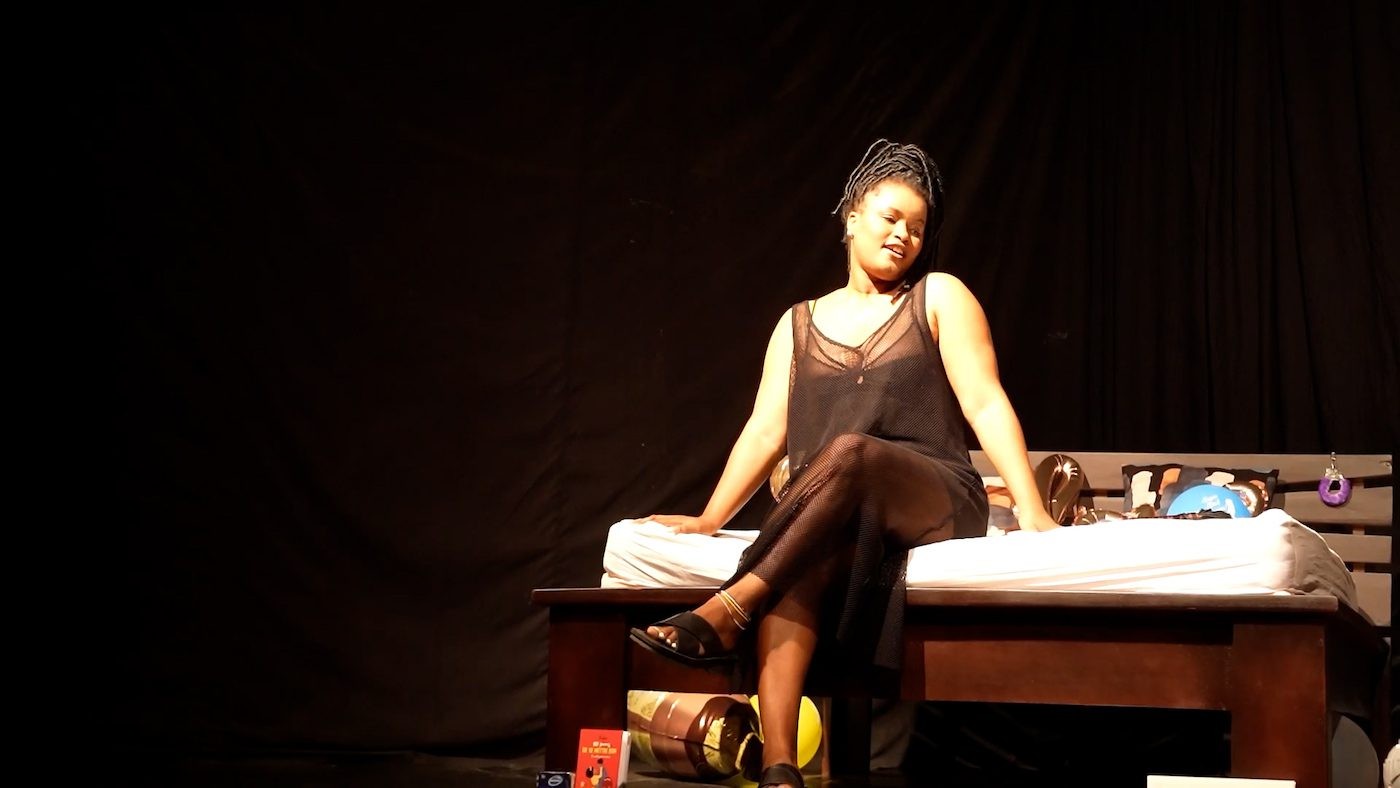
Kpingni Dieth Douabou Addresses Intimate Issues of Black Feminism
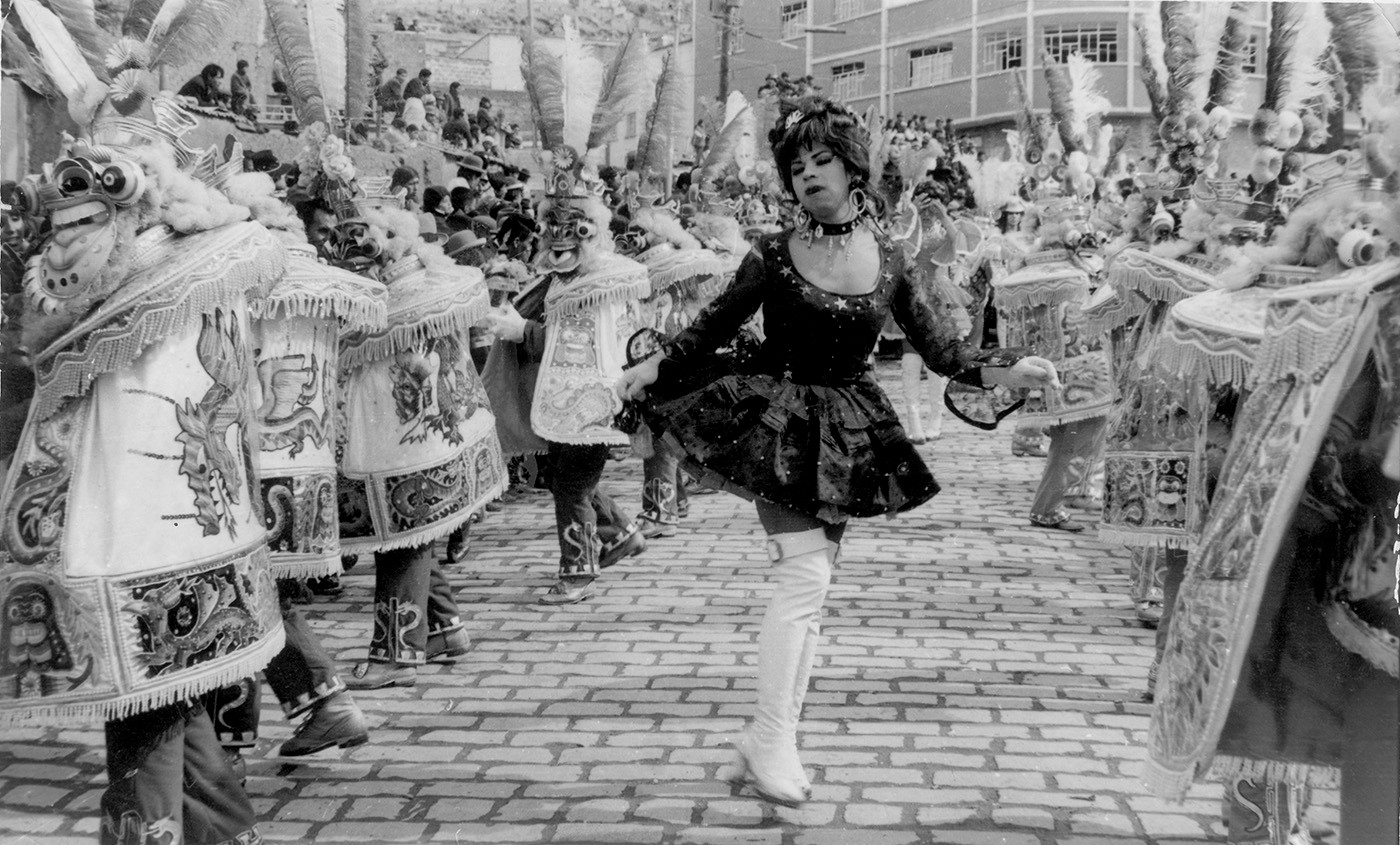
LGBTQ+ Liberation in the Andes through Q’iwa and Popular Celebrations

Ivana Pavlickova: Free-spirited Objects
Read more from
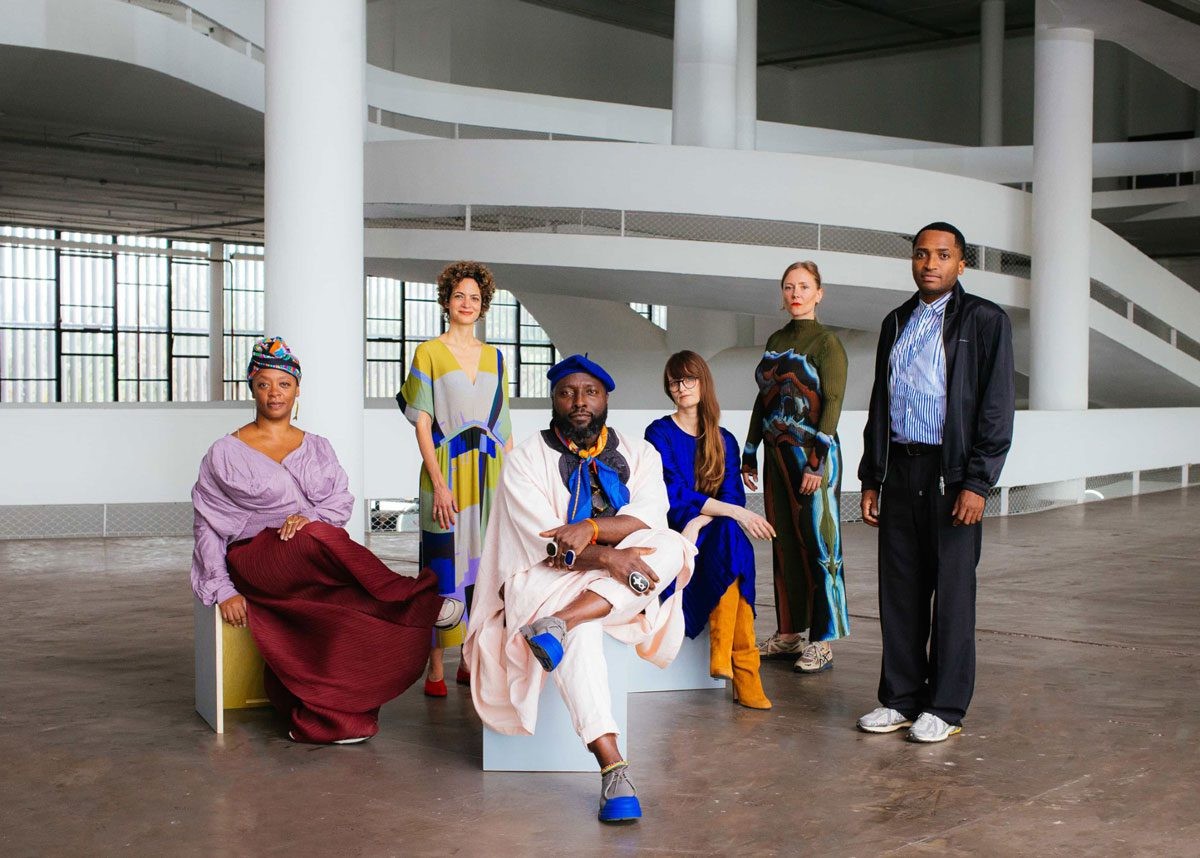
36th Bienal de São Paulo Reveals Title, Concept, Partnerships, and Visual Identity
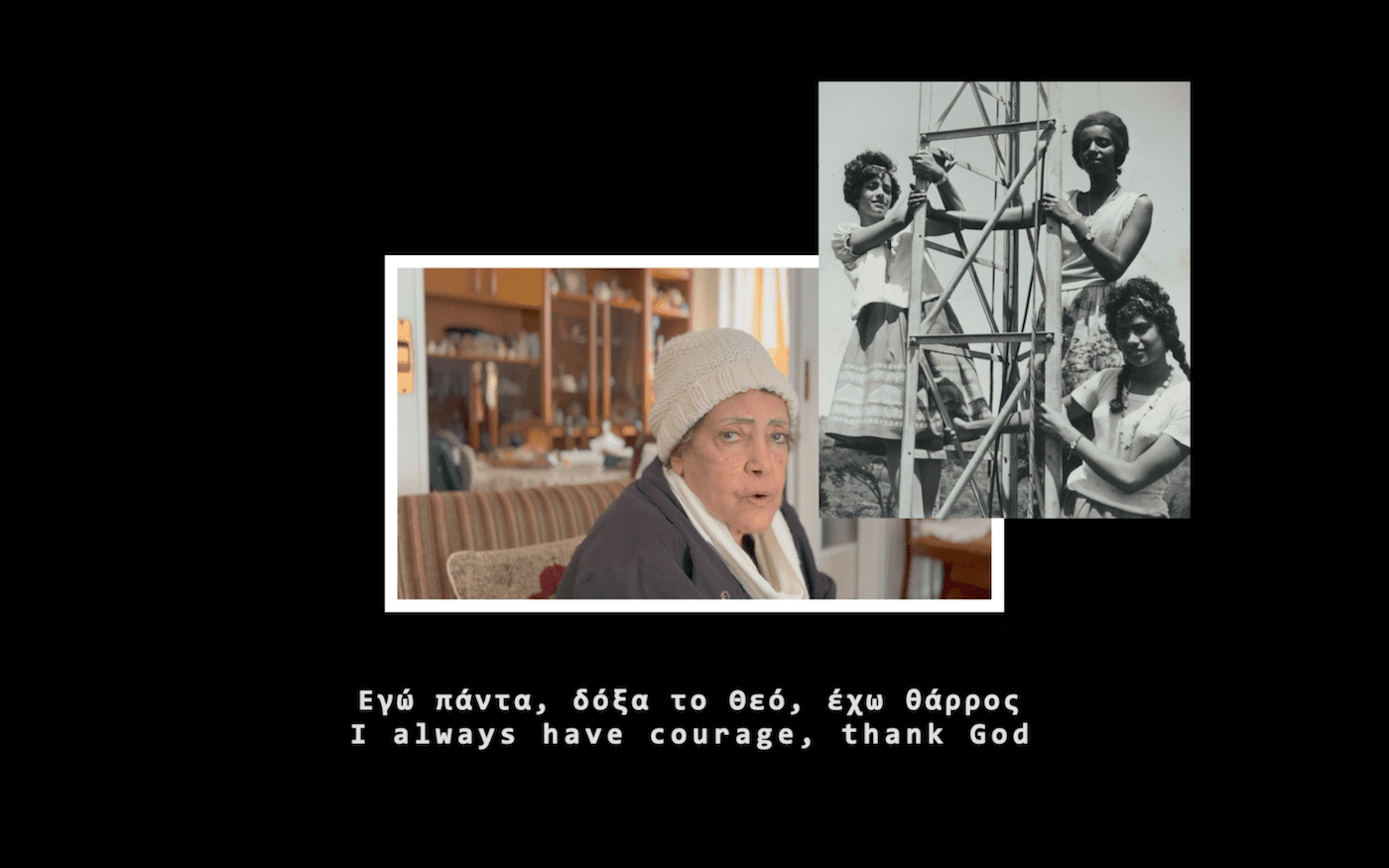
Agape Harmani: Trauma as an Essential Part of Diaspora
